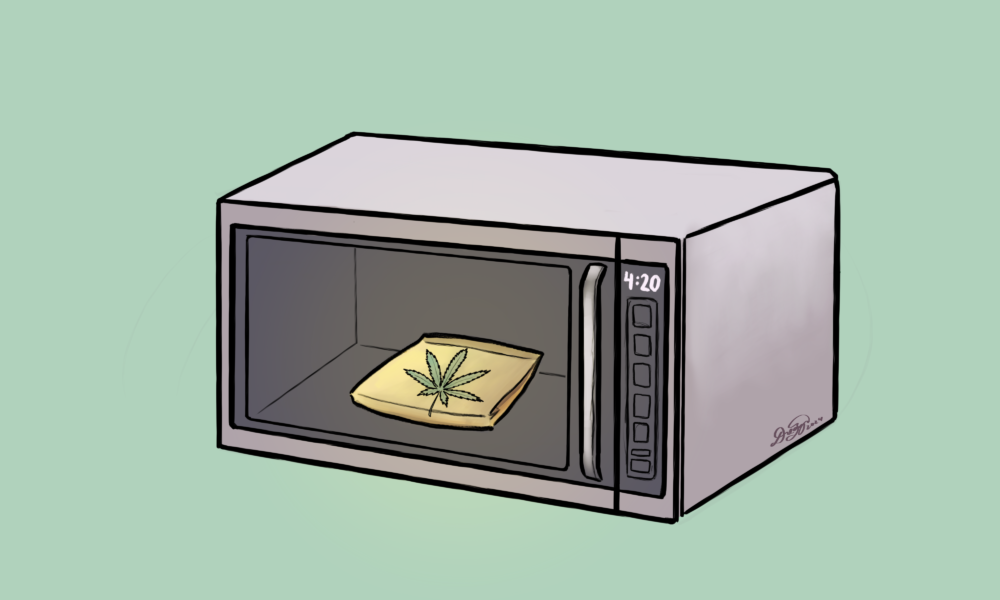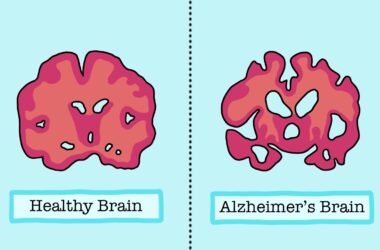While many students spend their day surrounded by cannabis, not all of them can claim that it’s “for research purposes.” For some bioengineering researchers, though, this is their reality. With cannabis slowly rising in popularity among Canadians, research in the field is more relevant than ever.
In a recent publication in the journal Industrial Crops and Products, Mark Lefsrud, associate professor at the McGill School of Environment, examined how various postharvest practices affect cannabis quality.
Specifically, Lefsrud and his colleagues investigated how different treatments and dehydration techniques used after harvesting affected the concentration of cannabinoids—chemicals found in cannabis, including THC and CBD—the colour of the flower, and the drying time. Treatments and techniques included pre-freezing, adjustments in temperature, vacuum drying, and microwave drying.
“After you harvest the cannabis plant, you have to dry it down, and then you can sell it as a bud after it’s been pruned or trimmed. We were trying to come up with ways to improve the quality of the bud,” Lefsrud said in an interview with The Tribune. “We found that if we pre-froze the product and then [vacuum]-dried it or microwave-dried it, we could actually improve some of the product, specifically increasing [its content of THC—compounds that cause the high and intoxication].”
Pre-freezing additionally helped to preserve the bud’s chlorophyll, a compound known for giving plants their characteristic green colour. However, this is not necessarily a desired outcome, depending on where the product is sold and to whom.
“Some like [the buds] to be green, some like them to be kind of golden, and some like them to be almost bleached out white. Some smokers actually maintain that chlorophyll is what causes a harshness in the smoke, and so we shouldn’t have it. There are others that maintain that [chlorophyll] has nothing to do with it,” Lefsrud explained.
A combination of pre-freezing and vacuum-drying also improved the drying time, in some cases reducing it by as much as 71 per cent.
This study was one of many on cannabis conducted in Lefsrud’s Biomass Production Lab. Among other topics, the lab has studied production methodology, observing how the quality of light in a cannabis plant’s environment can increase its rate of growth and cannabinoid content.
Lesfrud has also examined the environmental consequences of producing and distributing cannabis in Canada. He noted, however, that this study was not exhaustive and that more work is needed to answertowards answering the questions that arose after its publication.
To further his impact on cannabis research, Lefsrud and his colleagues across the country are trying to get graduate students involved in the industry. After receiving a $1.65 million CAD grant from NSERC in 2020, they founded a program to further this goal.
“We called it the Quality Assurance and Quality Control for Cannabis CREATE Training Centre, with the goal of training about 52 to 54 graduate students on better economic mechanisms for cannabis production, as well as working with the companies to try to improve their technology too,” Lefsrud said.
Because recreational cannabis was only legalized in Canada in 2018, researchers have had relatively little time to explore the field. The legalization presented Lefsrud with the unique opportunity to both make new discoveries and add scientific rigour to a field that previously lacked it.
Lefsrud’s work not only allows cannabis growers to optimize their harvesting techniques but also provides them with new insights about the plants they’ve worked so closely with; it is a learning experience for everyone involved.
“It’s not everyday that you get to play with a crop that has been ignored for thousands of years from a research perspective,” Lefsrud said.









